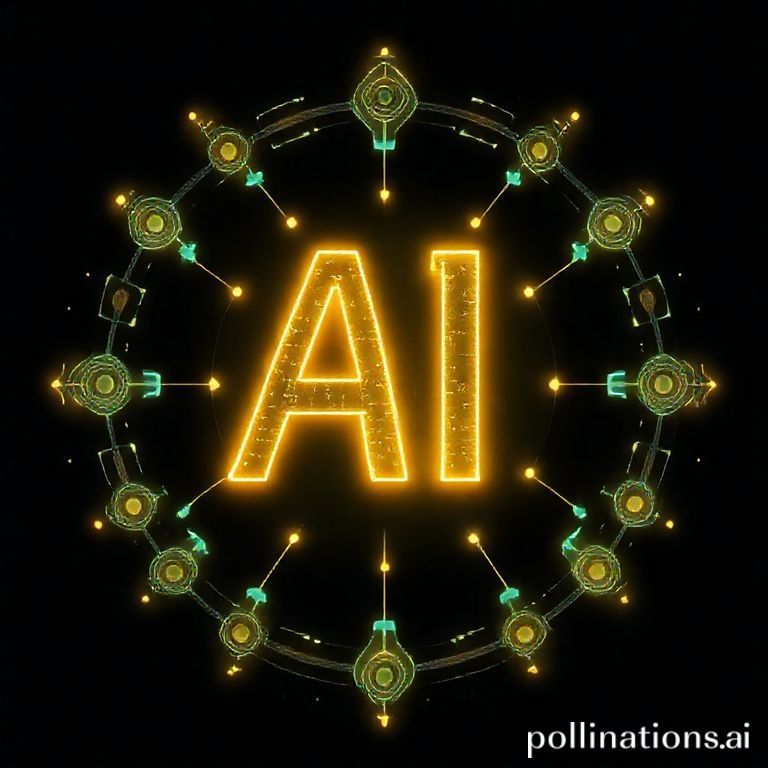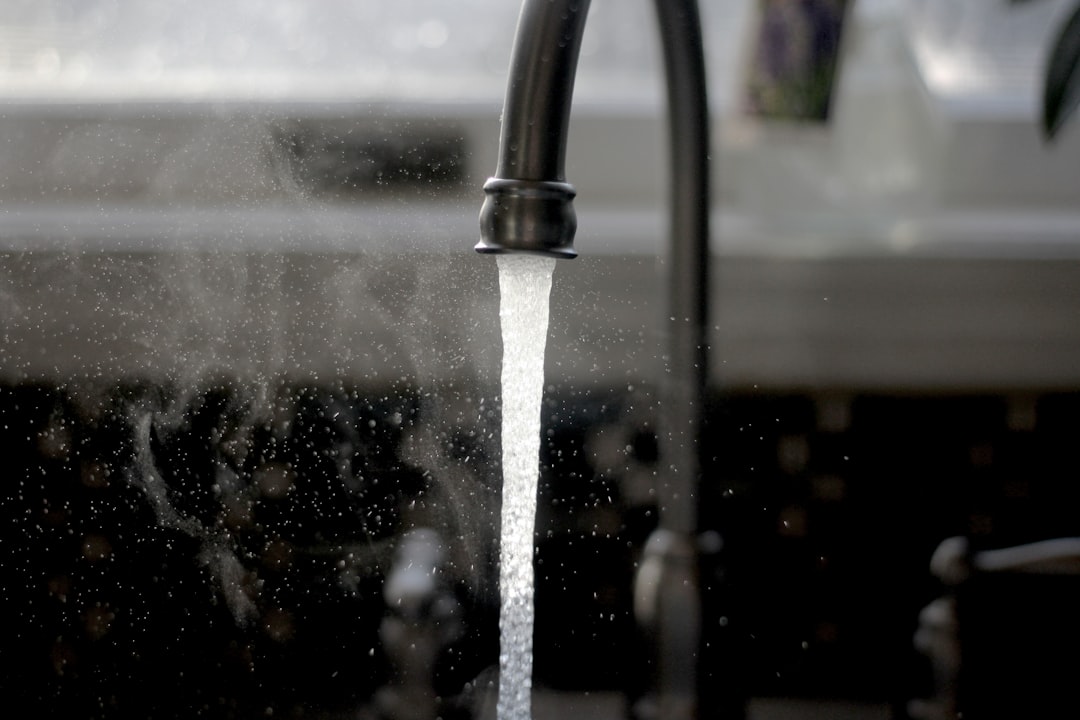Table of Contents
- Introduction
- Preparing the area for the camera inspection
- Choosing the right equipment for the inspection
- Inserting the camera into the sewer line
- Conducting the inspection and recording observations
- Identifying issues such as blockages or leaks
- Determining the necessary plumbing repairs or maintenance
- Providing a comprehensive report of the findings
- Scheduling follow-up services based on inspection results
- Conclusion
- Frequently Asked Questions
Introduction
Imagine having the power to see beneath the surface, to unveil the hidden intricacies of your plumbing system without dismantling walls or tearing up floors.
Welcome to the world of sewer line camera inspections—an innovative solution that empowers homeowners and professionals alike to diagnose plumbing issues with unparalleled precision.
In this article, we will take you on a step-by-step journey through the camera inspection process, revealing not only the technological advancements behind it but also the invaluable insights it offers for effective maintenance and repair.
Whether you’re grappling with persistent clogs, foul odors, or mysterious backups, understanding how to utilize this cutting-edge technology will equip you with the knowledge to protect your home and save money.
Join us as we demystify what lies beneath and learn how to harness the ability to peer into your sewer lines, ensuring peace of mind and a well-functioning plumbing system.
Preparing the area for the camera inspection
Preparing the area for a camera inspection of a sewer line is a crucial step in ensuring the process runs smoothly and efficiently. First, it is important to identify the main access points to the sewer line. This often includes cleanouts or manholes, which should be located and cleared of any debris or obstructions.
Next, the surrounding area should be evaluated for safety. Remove any obstacles, such as landscaping, furniture, or equipment, that could impede access to these access points. Clear pathways should be maintained to allow easy movement of inspection equipment.
Additionally, it is advisable to inform any residents or occupants of the property about the upcoming inspection. This notification can reduce disturbances and prepare them for any temporary inconveniences.
Finally, it may be necessary to set up a designated staging area for the inspection equipment to ensure that everything is organized and readily accessible during the process. Proper preparation not only aids in the efficiency of the inspection but also contributes to its effectiveness in detecting potential issues within the sewer line.
Choosing the right equipment for the inspection
Choosing the right equipment for a camera inspection of a sewer line is crucial for obtaining accurate and reliable results. First, it is essential to select a high-quality camera that is specifically designed for underground inspections. These cameras should be waterproof, durable, and equipped with features such as adjustable lighting to enhance visibility in dark conditions.
In addition to the camera, a flexible cable is necessary to maneuver the device through bends and turns in the sewer line. Operators should also consider cameras with Pan-and-Tilt capabilities, allowing for a more comprehensive view of the pipeline’s interior.
Furthermore, a recording system is vital for documenting the inspection process. This may include a monitor or screen to view real-time footage, as well as an external recording device to capture videos and images for later analysis.
Lastly, specialized software can aid in analyzing the footage and creating detailed reports, helping to identify issues such as blockages, fractures, or corrosion within the sewer line.
Inserting the camera into the sewer line
Inserting the camera into the sewer line is a crucial step in the inspection process. First, a plumber or technician will access the sewer line, typically through a cleanout fitting or an existing access point. They will then prepare the camera, which is usually mounted on a flexible rod or cable that allows it to navigate through the twists and turns of the pipe.
The technician carefully inserts the camera into the sewer line, ensuring that it is oriented correctly for optimal viewing. As the camera moves deeper into the pipe, it captures real-time video footage of the interior conditions. This footage helps in identifying potential blockages, cracks, and other issues that may require attention.
During the insertion process, the technician monitors the camera’s progress on a display screen, allowing for immediate assessment of any problems encountered. The flexibility of the camera’s cable is essential, as it navigates bends and vertical drops, ensuring comprehensive coverage of the sewer line’s condition.
Conducting the inspection and recording observations
Conducting a camera inspection of a sewer line involves several systematic steps to ensure accurate results. First, a professional inspector will prepare the necessary equipment, including a high-resolution camera and a flexible cable that can navigate through the pipes. Once the equipment is ready, the inspector will access the sewer line through a cleanout or other entry point.
The camera is then carefully inserted into the sewer line, and its movement is monitored in real-time. As the camera travels through the pipes, it captures images and videos of the interior conditions. This process allows the inspector to identify issues such as blockages, cracks, or root intrusions. The inspection typically covers the entire length of the sewer line to ensure no areas are overlooked.
Moreover, observations and findings are meticulously recorded during the inspection. This documentation includes both visual data and the inspector’s notes regarding the condition of the sewer line.
This thorough approach is crucial for planning necessary repairs or maintenance actions and helps homeowners and property managers make informed decisions about their sewage systems.
Identifying issues such as blockages or leaks
Identifying issues such as blockages or leaks in a sewer line is a critical step in maintaining the integrity of a plumbing system. A camera inspection allows professionals to visually assess the interior of the pipes without invasive digging. As the camera moves through the sewer line, it transmits real-time video footage, enabling technicians to look for signs of trouble. Blockages can be caused by a variety of materials, including grease buildup, tree roots, or foreign objects that have entered the system. These blockages may cause slow drainage, unpleasant odors, or even complete stoppages, leading to costly repairs if not addressed promptly.
Leaks, on the other hand, can result from pipe deterioration, joint failure, or ground movement. Identifying leaks during a camera inspection is essential as they can lead to water loss and potentially damage surrounding structures or lead to environmental contamination. Early detection through camera inspection not only aids in resolving existing issues but also in preventing future problems, saving homeowners time and money.
Determining the necessary plumbing repairs or maintenance
Determining the necessary plumbing repairs or maintenance is crucial for ensuring a well-functioning sewer line system. The process often begins with a thorough inspection, which can include a camera inspection. This method allows plumbers to visualize the inside of the pipes, identifying issues such as blockages, cracks, or corrosion. Once problems are identified, a detailed assessment can be made regarding the type and extent of repairs needed.
Common issues may include root intrusions, buildup of grease or debris, and pipe misalignments. Each of these problems may require different approaches; for instance, tree roots can often be eliminated with specialized cutting tools, while a buildup might necessitate hydro-jetting to clear the pipes.
Post inspection diagnostics usually lead to recommendations for either immediate repairs or maintenance schedules to prevent future issues. Regular maintenance, including periodic inspections and cleanings, can prolong the life of a sewer system and minimize the risk of costly repairs down the line.
Providing a comprehensive report of the findings
After conducting a camera inspection of a sewer line, the next vital step is to provide a comprehensive report of the findings. This report should thoroughly document the condition of the sewer line and any issues identified during the inspection. It will typically include detailed descriptions and visual evidence, such as images or video clips, captured during the inspection process.
Another important element of the report is the identification of specific problems, which may encompass blockages, leaks, corrosion, root intrusions, and structural damages. Each issue should be categorized and prioritized based on its severity and potential impact on the sewer system.
A well-structured report often concludes with recommendations for necessary repairs or maintenance measures. This may involve suggesting specific methods to address the problems found, which helps property owners or managers make informed decisions. Overall, a comprehensive report is essential not only for immediate remediation but also for future planning and budgeting for sewer line maintenance.
Scheduling follow-up services based on inspection results
After a camera inspection of a sewer line, the next critical step is scheduling follow-up services based on the results obtained. This process begins with a thorough analysis of the footage captured during the inspection. If the inspection reveals blockages, cracks, or any other issues, it is essential to address these problems promptly to prevent further damage.
Homeowners or property managers should communicate with the inspection service to discuss the findings and receive recommendations for necessary repairs or maintenance.
Scheduling follow-up services often involves the technician providing a detailed report, outlining the condition of the sewer line and potential solutions. Depending on the severity of the issues, follow-up services may range from simple cleaning tasks to more complex repairs, such as relining or replacing sections of the pipe.
It’s advisable to schedule these services as soon as possible to mitigate the risk of more significant problems arising. Additionally, regular inspections can help in maintaining the health of the sewer system and prolonging its lifespan.
Conclusion
In conclusion, a sewer line camera inspection is an invaluable tool for maintaining the integrity and functionality of your plumbing system. By following the steps outlined in this guide—from preparation and equipment selection to conducting the inspection and addressing any identified issues—you can ensure that your sewer line is in optimal condition. The insights gained from this process not only help in identifying current problems but also prevent future complications, protecting your property from costly damages. Regular inspections, coupled with timely repairs and maintenance, can significantly prolong the life of your sewer system. If you suspect issues or simply want to take proactive measures, don’t hesitate to reach out for professional assistance. Call 573-555-2121 today to schedule your sewer line camera inspection and ensure the health of your plumbing system for years to come.
















